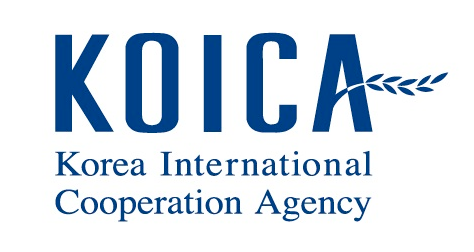1. Introduction
- Research and forecast development trend and applicable potential of sensor-integrated mobile devices for health and environment monitoring and then propose appropriate research orientation.
- Conduct research activities, innovate and upgrade technologies for the manufacture of measuring instruments, data-transmitting and displaying devices for mobile devices with integrated sensors.
- Research and apply nanomaterials and multilayer nanostructures in the development of new generations of nano sensor for health and environment monitoring.
2. R&D Orientation
A biosensor is an analytical device used for the detection of a chemical substance through biological reactions. In the medical application, biosensors have been employed to diagnose diseases or support treatment. In the environmental industry, biosensors have been used to detect inorganic/organic substances/compounds that pollute the environment. In food safety, biosensor can be used to detect pathogens in spoiled food. Biosensors can shorten the time to perform laboratory analyses for clinical indicators, thereby reducing the time required for diagnosis.
The R&D orientation of our Division focuses on the emerging field of biosensing and is performing innovative research in two platforms: the lateral flow immunoassay (LFIA)-based biosensors and the electrochemical biosensors. In addition, we are also interested in studying magnetic materials to improve the sensitivity and selectivity of our biosensors.
3. Our projects
Based on the capacity of VKIST, IT-BT Convergence Technology Division has currently conducted 03 projects as follows:
- Development of Magnetic Core/Shell Fe3O4@Au-based Lateral Flow Immunoassay (MagLFIA) strip for on-site detection of avian influenza viruses (AIVs) (pilot joint project between VKIST & KIST)
- Fabrication of Magnetic nanoparticles-based Lateral Flow Immunoassay (MagLFIA) strips and contactless scanning prototype based on tunneling magnetoresistance (TMR) sensors for rapid quantification of biomarkers CA 15-3 and CEA (MOST-level project)
- Development of optical-fiber sensors for deflection measurement using high precision grating technologies (VKIST & KIST Protocol project)
=> These projects aimed to develop smart biosensor/sensor for daily life.
- In the pilot and MOST projects, we conducted research activities, innovate and upgrade technologies for the fabrication of a lateral flow immunoassay (LFIA) strip for on-site detection of avian influenza viruses (H5N1 and H5N6) and for rapid simultaneously quantification of biomarkers CA 15-3 and CEA (potential biomarkers for breast cancer) based on magnetic core shell (Fe3O4@Au) nanoparticles. The LFIA test is widely used as Point-of-care testing due to its fast, simple, and low cost, long shelf life, and no warranty requirements. These qualities explain the growing popularity of LFIA in developing countries, when applied at small hospitals, in emergencies where screening and monitoring health condition is crucially important and for self-testing of patients. In line with the strategy of simplicity, current LFIA based on gold nanoparticle labels is an up-and-coming nano diagnostic tool. However, they show several limitations in high sensitivity applications, which is crucial in the early-stage diagnostics for viruses/biomarkers. The main reason is that an LFIA platform's cellulose membrane contains the test strip and the reference strip with a thickness of 150 to 200 µm. In comparison, surface fluorescence/fluorescence/plasmon signals can only be collected from gold nanoparticles captured immediately up to 10 µm under the strip's surface. Therefore, LIFA based gold nanoparticles generally have low sensitivity. In LFIA based magnetic nanoparticles, the receiving signal will be collected from all magnetic nanoparticles present in the entire test band in three dimensions, giving much more accurate quantitative results.
- In the Protocol project, we developed the optical-fiber sensors for deflection measurement using high precision grating technologies. The proposal is addressed to the exploitation of optic fiber Bragg grating-based sensor for structural health monitoring of civil infrastructures. In joint research, KIST and VKIST partners will cooperate in the development of high-speed fiber-optic measurement technology based on KIST's know-how of fiber sensing technology. The developed technology will be very useful for the health monitoring of many infrastructures such as railroads, bridges, tunnels under construction in Hanoi or Ho Chi Minh city.
4. Expected products
In the 5-year plan, our Division is providing the following products to the market:
- MagLFIA for rapid simultaneously quantification of biomarkers CA 15-3 and CEA;
- Thermal-MagLFIA for on-site detection of avian influenza viruses;
- Colorimetric sensor to indicate spoiled food;
- Cold plasma system for functional material printing on sensor electrode;
- Bioaerosol sampling system;
- FBG sensor for deflection measurement of civil structures;
- Platform of FBG-based biosensor;
- Standard protocol for nanomaterials to be used in biosensor and nanomedicine.








